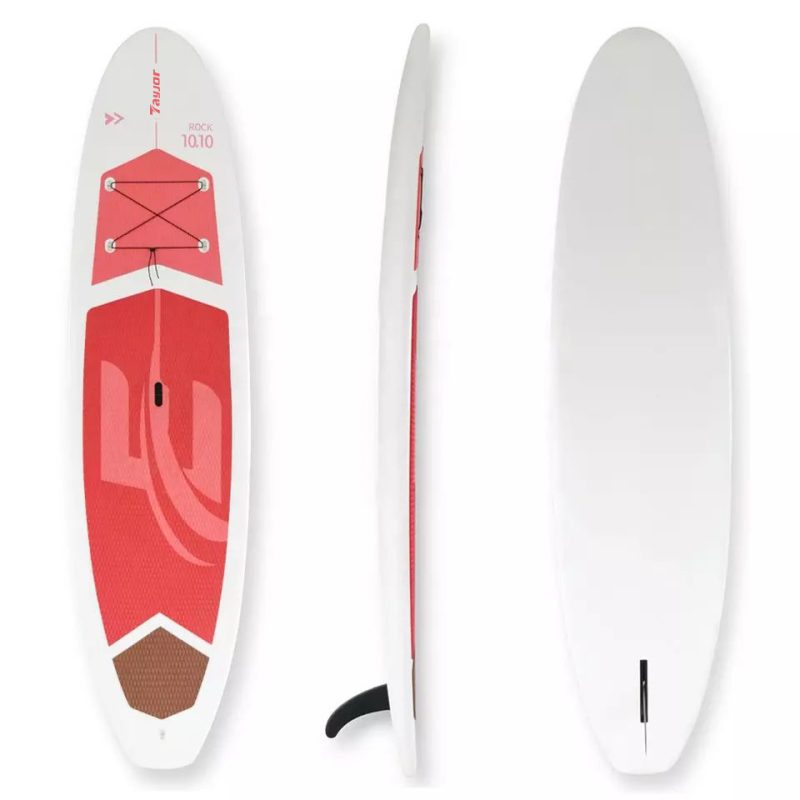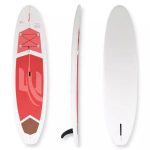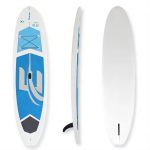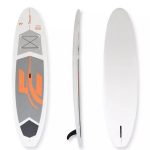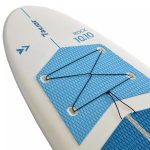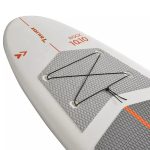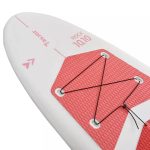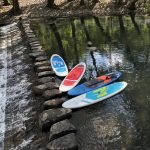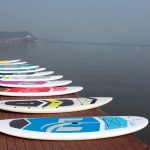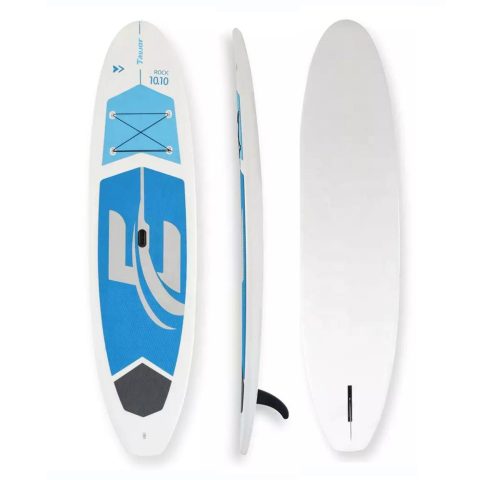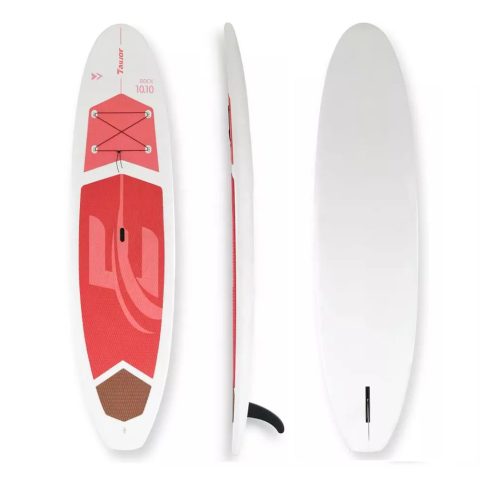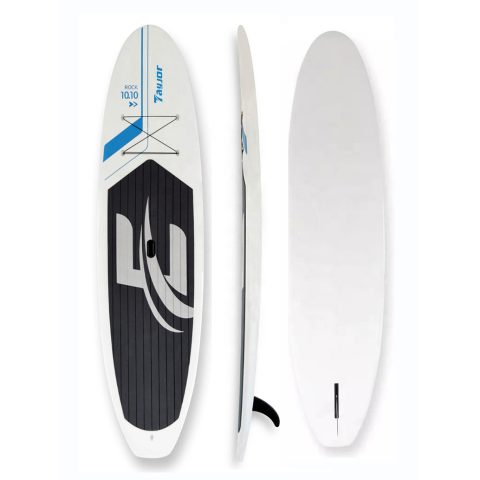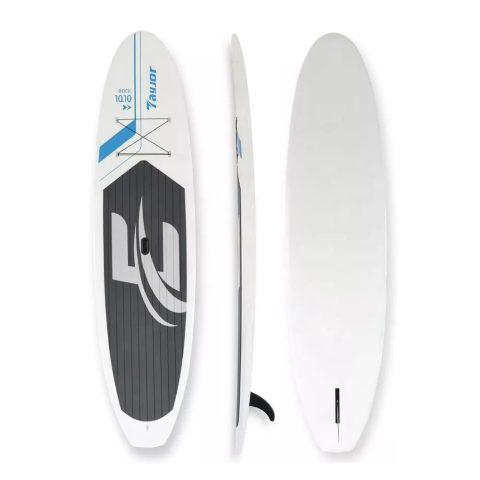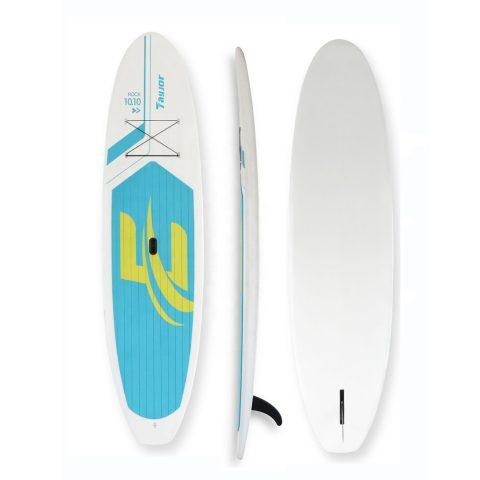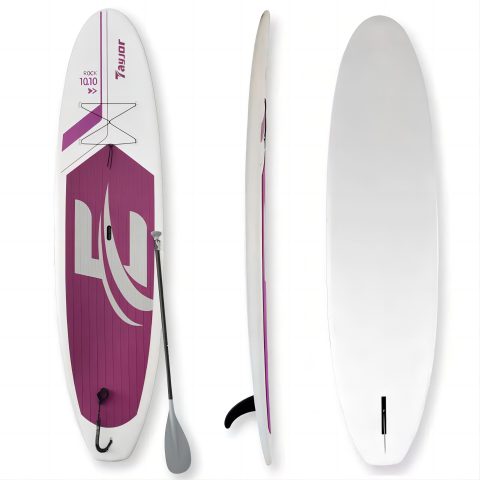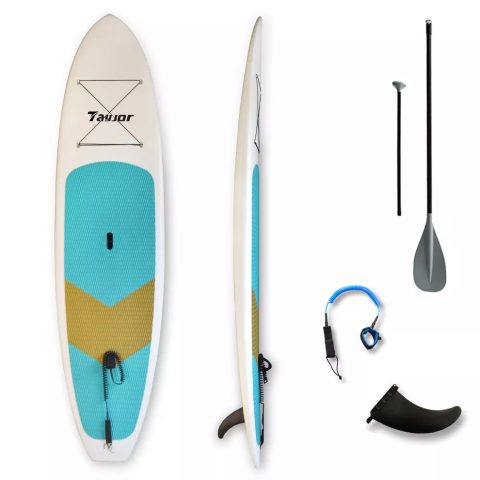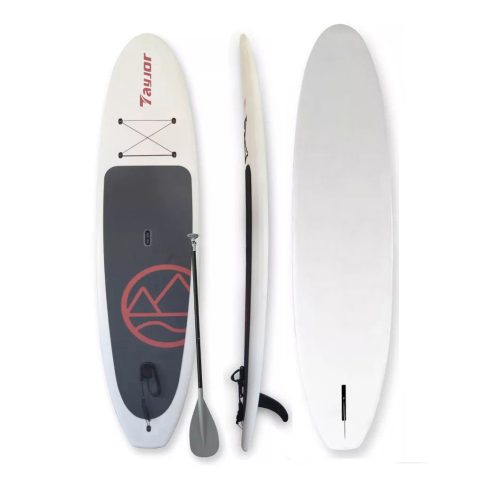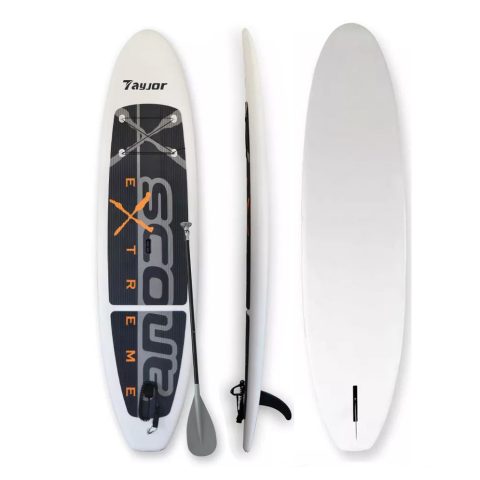Paddle Board Non Inflatable – Best Non Inflatable Paddle Boards – Hard SUP – XIAMEN TAYJOR OUTDOOR PRODUCTS CO., LTD
Paddle Board Non Inflatable
FEATURES:
- Iron Hide Construction
- Soft Non-slip EVA Form Deck pad
- Bungee rope storage system
- Comfort center Grip Neoprene handle
- Stainless steel D ring on tail for ankle leash
- Activity Type: leisure
- Rider level :Rookie
- The ride : Max stability
- board durability :Tough
Container Loading:
Package : Cardboard , Bubble bag and poly bag
With Carton
20/40/40H/45H: 38/114/126/168
No Carton
20/40/40H/45H: 50/150/165/220
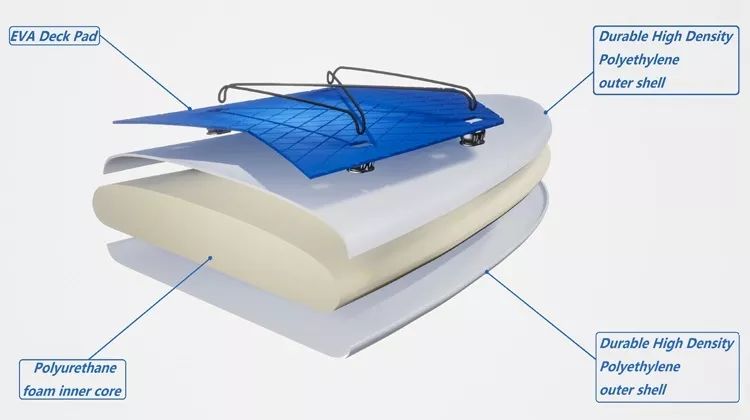
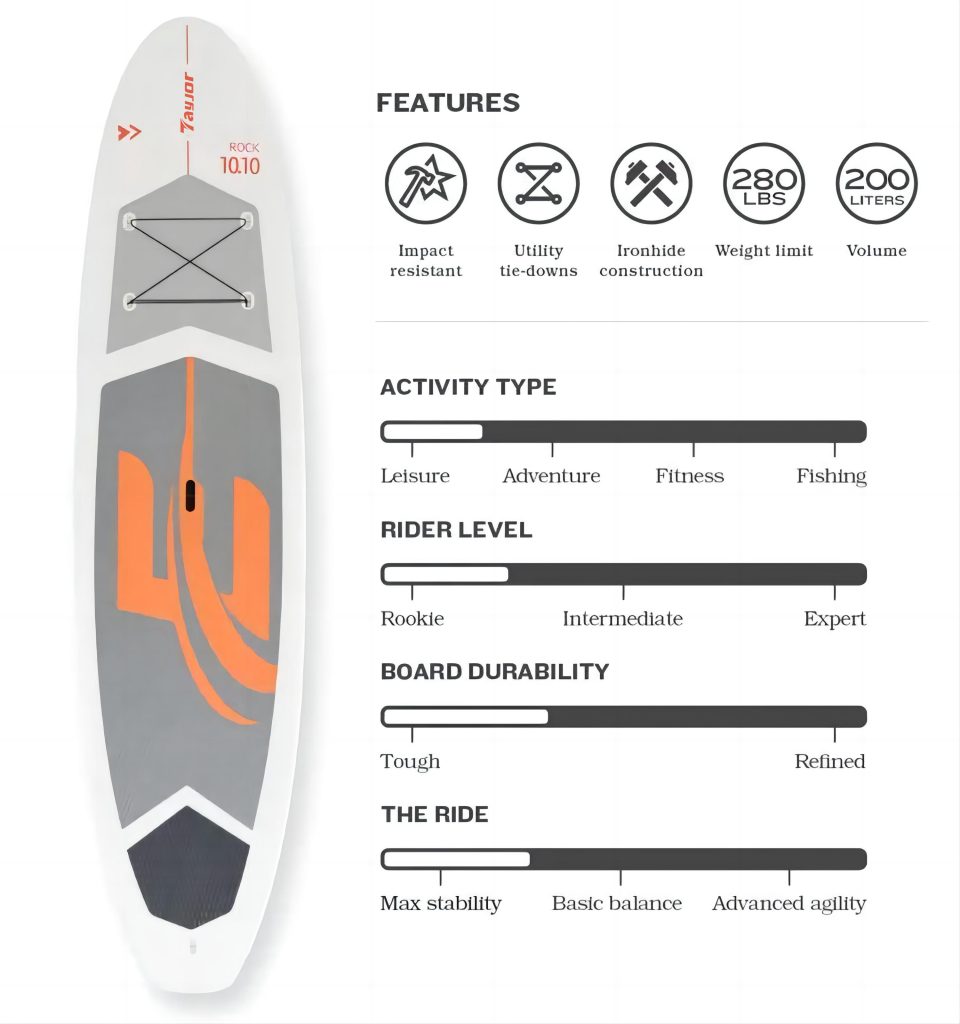
PACKAGE INCLUDED:
- 1 x Paddle Boad (Optional accessory)
- 1×10’ Ankle leash (Optional accessory)
- 1 x Grooved tail fin(Standard accessory)
- 1 x Shoulder Strap (Optional accessory)
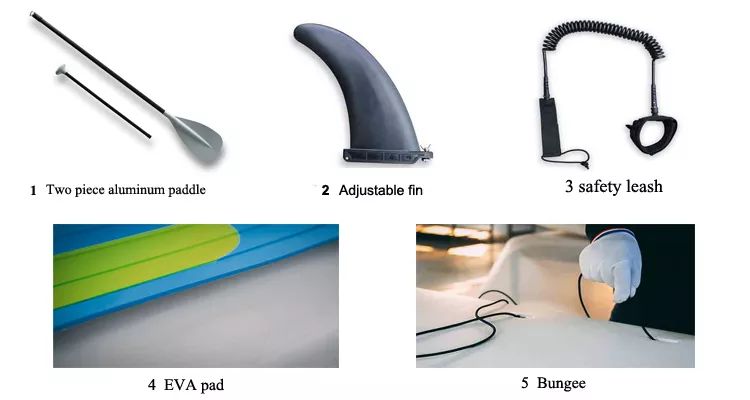
Paddle Board Non Inflatable More Colors
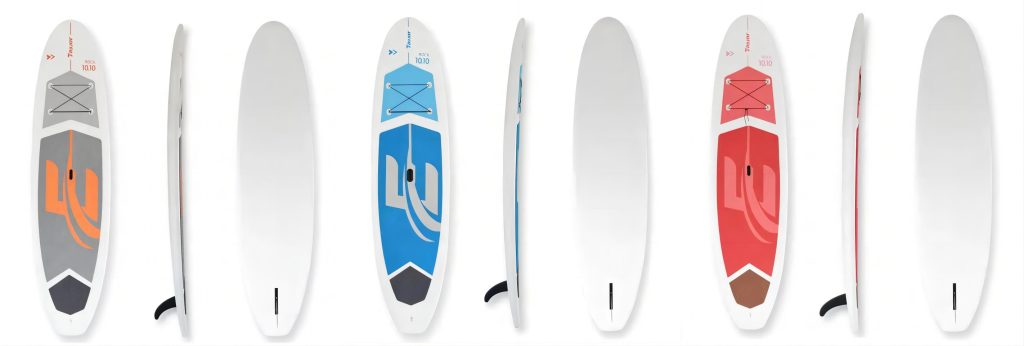
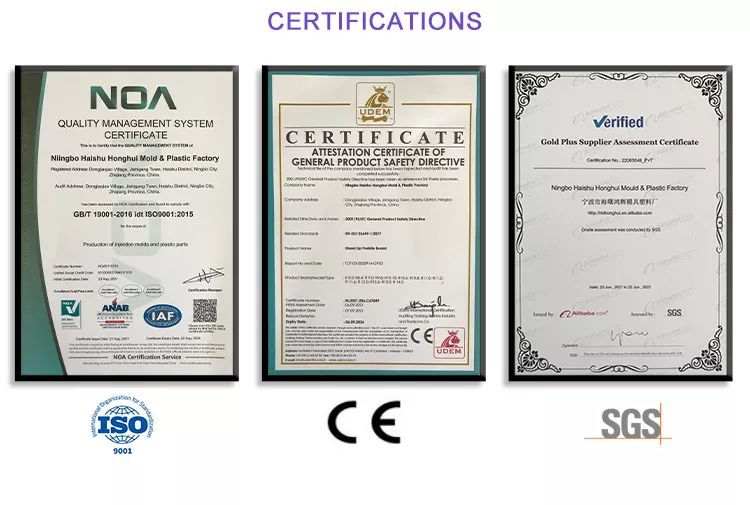
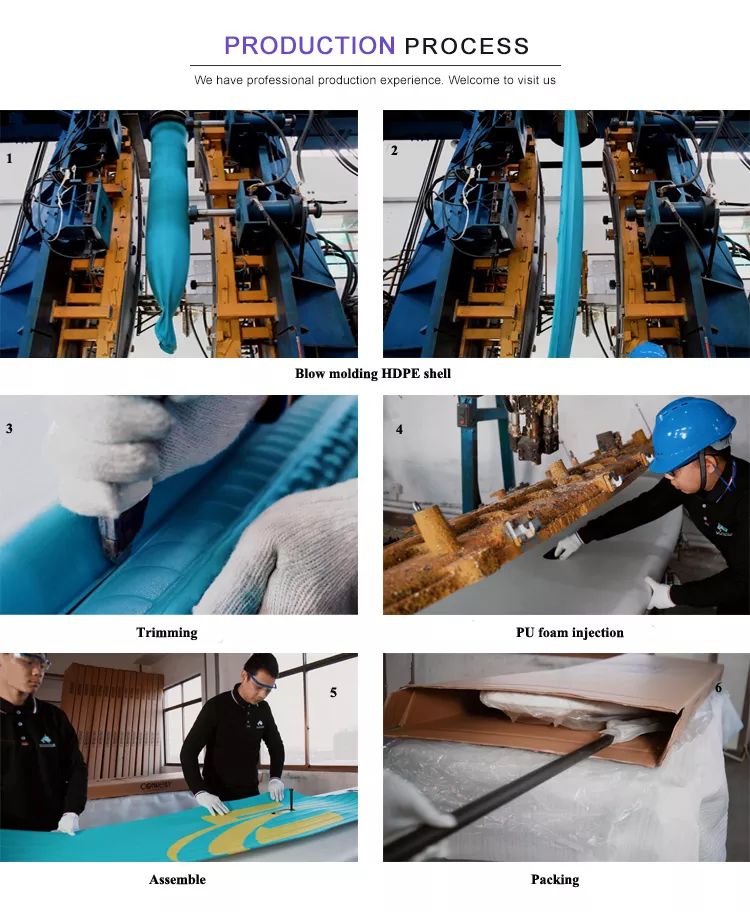
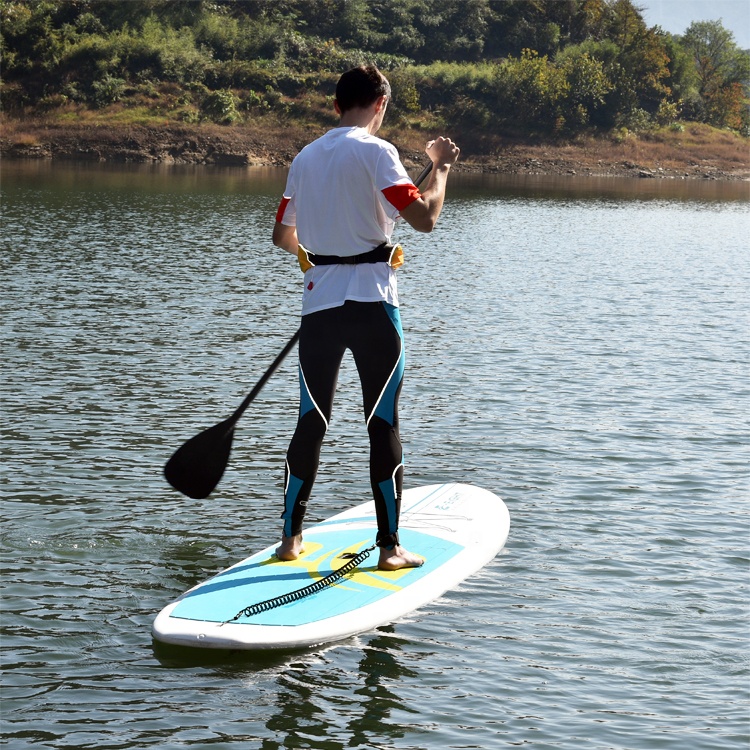
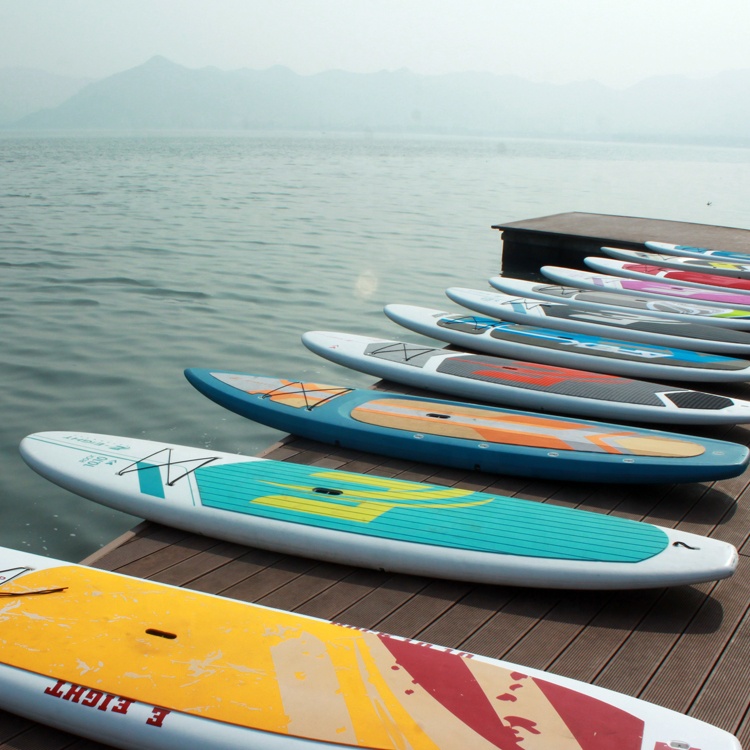
If you are interested in our Paddle Board and want to know more details,please leave a message here,we will get in touch with you shortly!
Introduction to Non-Inflatable Paddle Boards
Non-inflatable paddle boards, also known as solid paddle boards, are popular among water sport enthusiasts. They are sturdy, easy to use, and require minimal setup. If you enjoy paddling on lakes, rivers, or oceans, a non-inflatable paddle board might be perfect for you. Let’s explore what makes these paddle boards special and why you should consider getting one.
What is a Non-Inflatable Paddle Board?
First, let’s understand what a non-inflatable paddle board is. Unlike inflatable boards, these boards are solid and made from materials like fiberglass, epoxy, or plastic. They are ready to use right away and do not need to be inflated. Non-inflatable paddle boards come in various shapes and sizes, suitable for all skill levels.
Benefits of Non-Inflatable Paddle Boards
- Sturdiness: Non-inflatable paddle boards are very sturdy. They provide a stable platform, which is important for beginners and for doing activities like yoga.
- Performance: These boards offer better performance on the water. They glide smoothly and are easier to control, making them ideal for various paddling conditions.
- No Inflation Needed: With non-inflatable boards, you don’t need to spend time inflating and deflating. You can just grab your board and head straight to the water.
- Durability: Solid boards are made from tough materials that can withstand bumps and scrapes. They are built to last and can handle rough use.
Features of Non-Inflatable Paddle Boards
- Variety of Sizes: Non-inflatable paddle boards come in different sizes. You can choose a size that fits your height and weight. Smaller boards are easier to maneuver, while larger boards offer more stability.
- Deck Padding: Many solid boards have a cushioned deck. This makes standing and paddling more comfortable, especially for long periods.
- Carrying Handles: These boards often have built-in carrying handles. This makes it easy to transport the board to and from the water.
- Attachment Points: Some boards have attachment points for gear. You can secure items like coolers, dry bags, or even a small seat.
Choosing the Right Non-Inflatable Paddle Board
- Size and Weight: Think about how you will transport and store your paddle board. A smaller, lighter board is easier to carry. However, a larger board offers more stability and can carry more weight.
- Purpose: Consider how you will use your paddle board. For calm lakes and rivers, a basic solid paddle board is sufficient. For ocean paddling or yoga, look for a board designed for those activities.
- Budget: Set a budget before you start shopping. Non-inflatable paddle boards come in various price ranges, so you can find one that fits your budget.
- Features: Decide which features are most important to you. Do you need extra storage, a cushioned deck, or attachment points for gear? Make sure the board you choose meets your needs.
Using a Non-Inflatable Paddle Board
- Preparation: Before you head out, check your paddle board for any cracks or damage. Make sure all your gear is packed and secured if you are bringing any.
- Launching: To launch your paddle board, place it in shallow water. Stand beside the board, step onto it, and start paddling. Use the paddle to push off from the shore.
- Paddling: Once you are on the water, find a comfortable standing position. Use the paddle to move forward, steer, and stop. Keep your balance by bending your knees slightly and using your core muscles.
- Returning: When you are done paddling, head back to shore. Step off the board carefully and carry it back to your vehicle or storage area.
Safety Tips
Here are some safety tips to keep in mind.
- Wear a Life Jacket: Always wear a life jacket when paddling. It’s an essential safety measure.
- Check the Weather: Avoid paddling in bad weather. Strong winds and waves can make paddling dangerous.
- Stay Hydrated: Bring plenty of water to drink. Being out on the water can be dehydrating.
- Tell Someone: Let a friend or family member know where you are going and when you expect to return. This way, someone knows to look for you if something goes wrong.
Conclusion
In conclusion, non-inflatable paddle boards are a great choice for anyone who loves paddling. They are sturdy, offer excellent performance, and are easy to use. With the right features and proper use, you can enjoy many fun and safe paddling adventures. Remember to consider your needs and safety when choosing a paddle board. Whether you are a beginner or an experienced paddler, a non-inflatable paddle board can help you make the most of your time on the water. So, get ready to explore the waters with your new paddle board and enjoy the experience!


